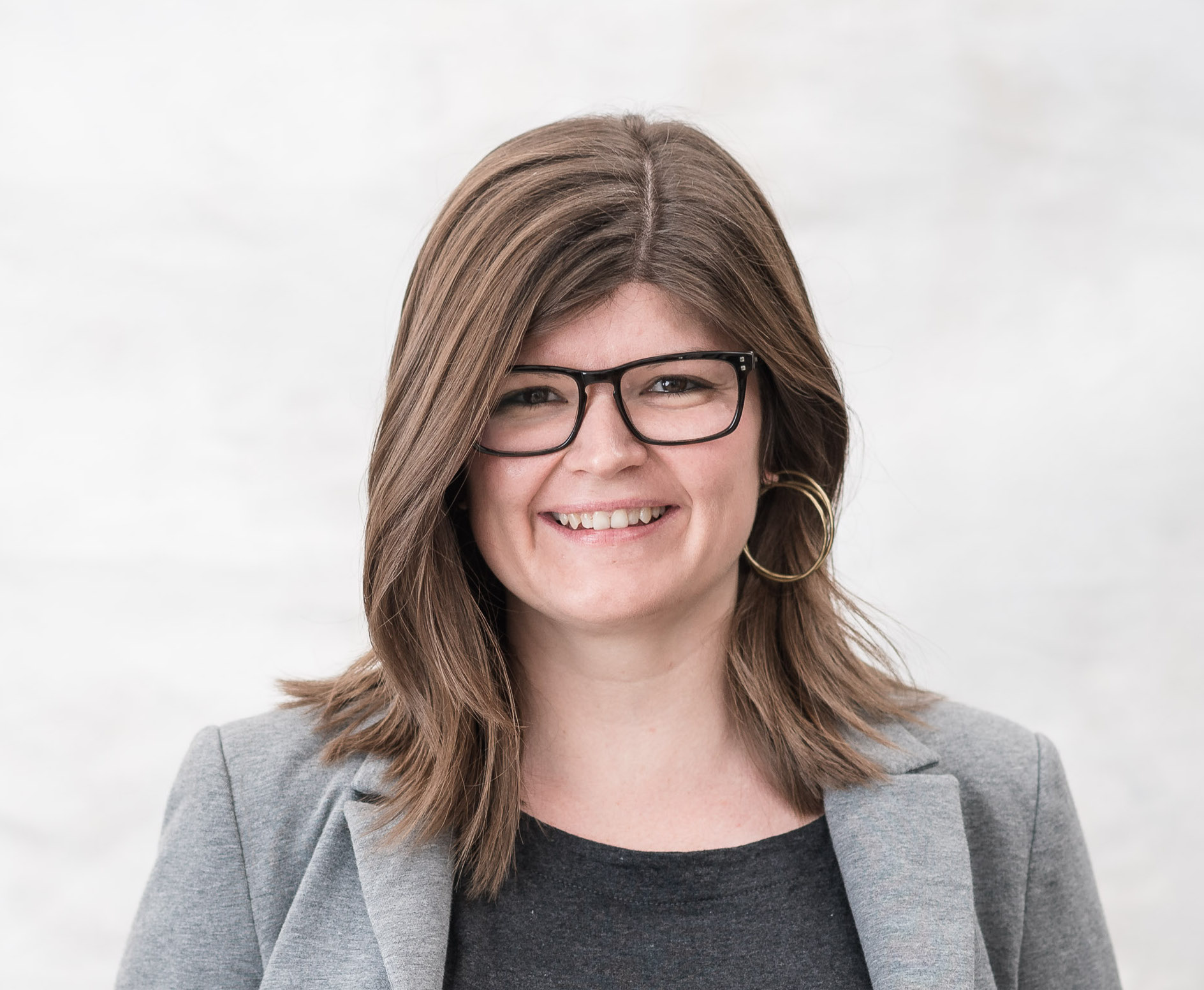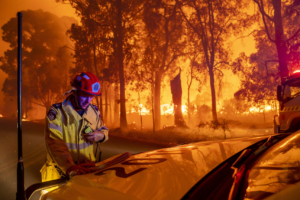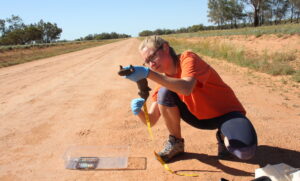Why was Dr Kent so anxious? The unit, which he co-developed at Curtin University’s Department of Internet Studies, was about to do something that had never been done before. The unit—Social Media, Communities and Networks—would put students almost totally in charge of organising an online academic conference.
And the material presented at the conference? Also developed entirely by students as part of their coursework.
The students were also feeling apprehensive about this idea.
“This is going to be the best unit they ever do,” Dr Kent told them the first day. “They all looked at me like a crazy person,” he said, “but then at the end, they were like ‘Actually, yeah that was really good’!”
Quickly becoming a student favourite, the secret of the unit is its real-world connection.
Normally, studying at uni means doing lots of work that only your tutor or lecturer will see, but in this case, students were presenting their creations to the world.
“I've never tried as hard as I have with any paper, due to the fact that it would be available to the public!”
As Havva Teede, who is in her 3rd year at Curtin, told me, “I’ve never tried as hard as I have with any paper, due to the fact that it would be available to the public!”
As well as analysing social media in their papers, students also get to apply what they’ve learned about social media to collaborate and promote the conference using LinkedIn, Facebook, Twitter and industry-standard tools like Slack.
Ronnie Kyobe, who is currently taking the unit as part of his Master of Internet Communications, told me, “I have found it quite real that I can contribute, participate and collaborate utilising this very technology we are studying.”
I saw the power of this combo with my very own eyes when I had the luck of running the unit in 2012. This was around the time Perth’s first co-working space, Spacecubed, had opened its doors.
The folks at Spacecubed were so blown away by what they were seeing the students doing on social media that they invited us to do a day of the conference at Spacecubed. True to the excitement generated by the unit, one of my students, Melissa Nile, put up her hand to organise the day.
Melissa is now working in social media marketing for Green Hat in Melbourne. She credits her involvement with the unit as a factor in her success.
As Dr Kent shared with me, “We give students control over their own learning, and they really run with it.”
Now in its 8th year, the Debating Communities and Networks conference is running in partnership with Open Universities Australia and the Charles Telfair Institute in Mauritius.
This year’s conference is currently running until 26 May, with nearly 120 papers in five different streams. It’s free and open for anyone to participate, and I’m proud to say I’m involved with teaching it again this year.









